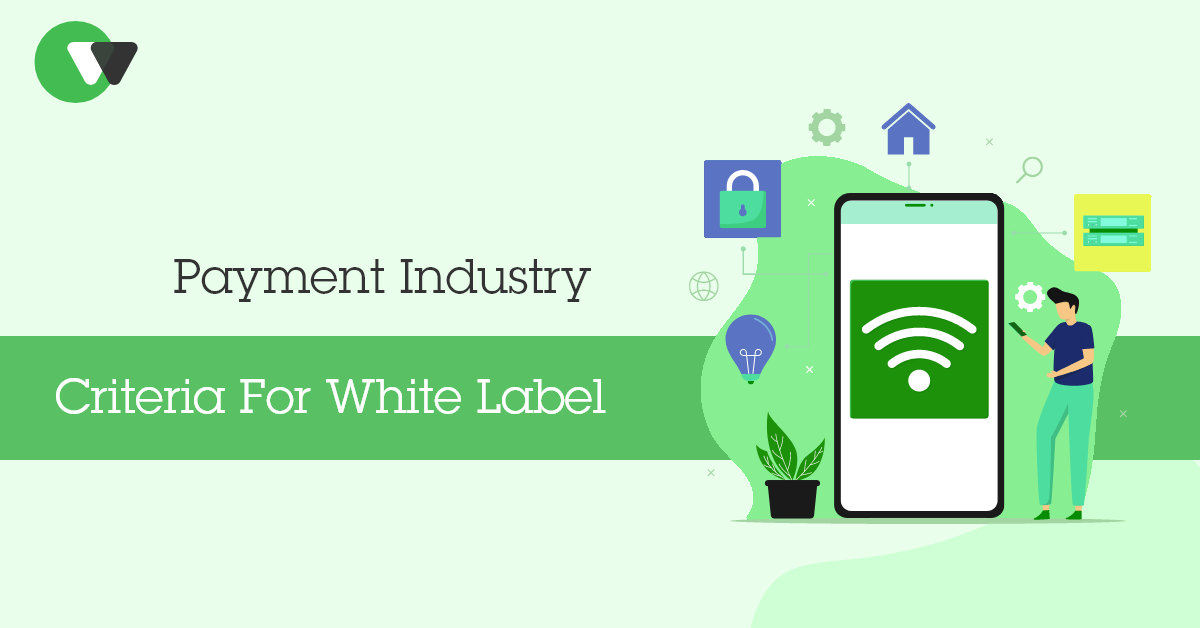
Payment Industry – Criteria for White Label
White label payment gateway as WLPayments key business partners are ISOs, payment service providers (PSPs), acquirers, and issuer banks. These payment gateways allow these market players to provide payment processing services under their brand name, without needing to develop their payment infrastructure. This article will discuss the important factors these institutions should consider when choosing a white-label payment gateway.
ISOs – white label client
For ISOs, the ability to offer a white-label payment gateway can be a significant value-add for their merchants. The critical factor to consider when choosing a white-label payment gateway is the level of available customisation. ISOs should look for a payment gateway that can be customised to meet their specific needs and the needs of their merchants. This includes customising the payment gateway’s branding, forms, and options. Additionally, ISOs should ensure that the payment gateway is easy to integrate with their existing systems and provides robust reporting and analytics capabilities.
Payment Service Providers – white label client
PSPs need to consider various factors when choosing a white-label payment gateway. One key consideration is the payment gateway’s flexibility and scalability. As PSPs onboard new merchants, they need to be able to quickly and easily integrate those merchants into their payment processing infrastructure. The payment gateway should support various payment methods, including credit cards, debit cards, ACH, and digital wallets. Additionally, the payment gateway should be able to handle large transaction volumes and provide robust fraud prevention and chargeback management tools. Another consideration is the payment gateway’s ability to support various payment methods, including EMV, contactless, and mobile payments.
Acquirers – white label client
Acquirers play a critical role in the payment processing ecosystem and must ensure that their chosen white-label payment gateway meets their needs. One key consideration is the payment gateway’s compliance with industry standards, such as PCI-DSS and PSD2. Acquirers should also consider the payment gateway’s integration capabilities and the level of support the gateway provider provides. Additionally, acquirers should look for a payment gateway providing real-time transaction monitoring and fraud detection capabilities. An added feature should be the payment gateway’s support for tokenization and encryption, which can help to protect sensitive cardholder data. The payment gateway should also provide robust reporting and analytics capabilities, allowing acquirers to gain insights into transaction patterns and fraud trends.
Issuer bank – white label client
Issuer banks looking for a white label payment gateway typically prioritise several key criteria when selecting a provider. Firstly, security is of utmost importance, as banks must ensure that their customers’ payment data remains secure and protected from potential breaches or fraud. Additionally, the payment gateway should be reliable and have a high level of uptime to ensure that transactions can be processed without disruption. Ease of integration is also critical, as banks need to quickly and easily integrate the gateway with their existing systems and processes. Finally, cost-effectiveness is a consideration, as banks want to ensure that the gateway is affordable and delivers a strong return on investment.
In conclusion, white-label payment gateways offer a range of benefits for ISOs, PSPs, acquirers, and issuer banks. When choosing a white-label payment gateway, institutions should consider customisation, flexibility, scalability, compliance, integration, support, and security factors. By carefully evaluating these factors and selecting a payment gateway that meets their needs, institutions can provide their merchants with a seamless and secure payment processing experience.
What’s next?
At WLPayments, we ensure our payment partners have access to all the relevant payment data through a platform or API. Do you have any follow-up questions after reading this article? Reach out to us; we will gladly help you find the answers. Fill out the form below, and we will contact you shortly. Or drop us an email at [email protected].
